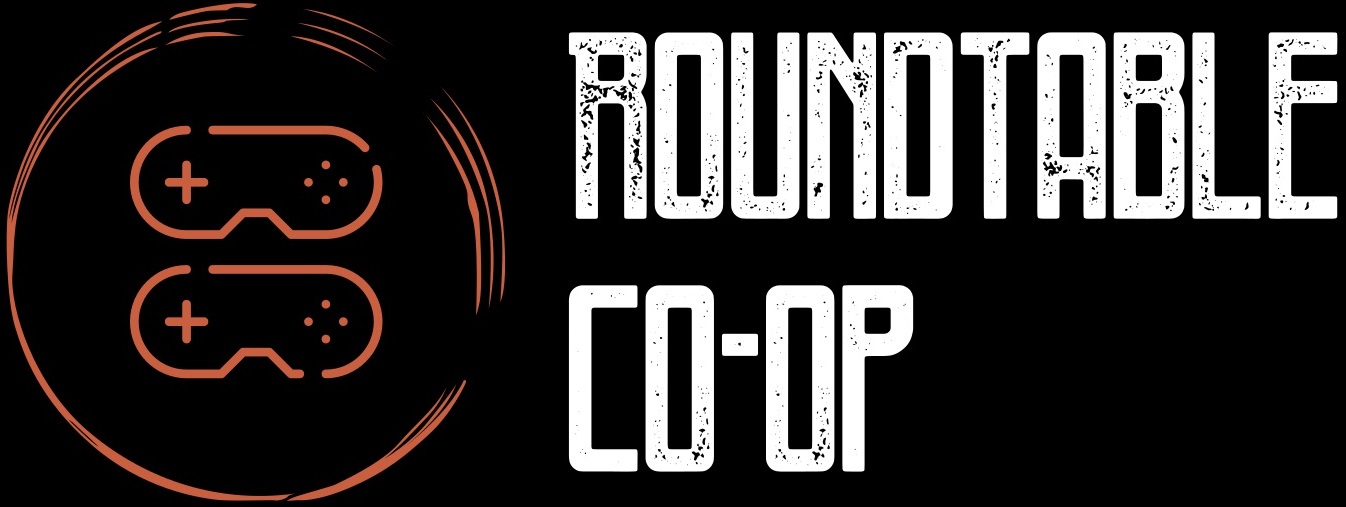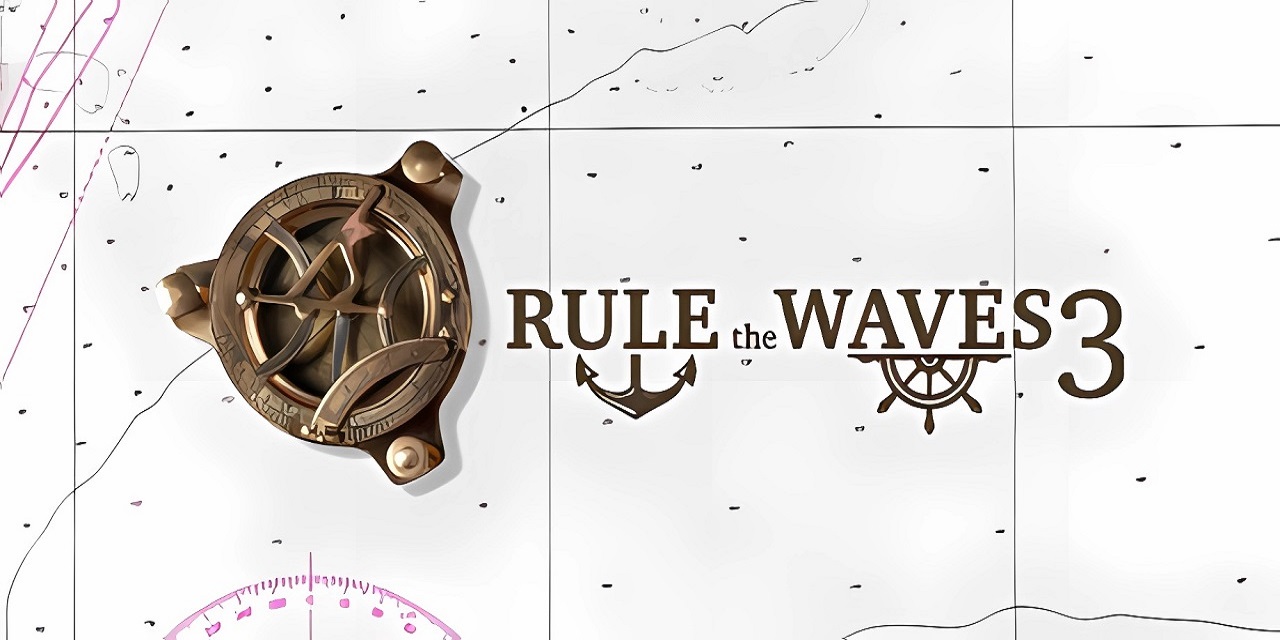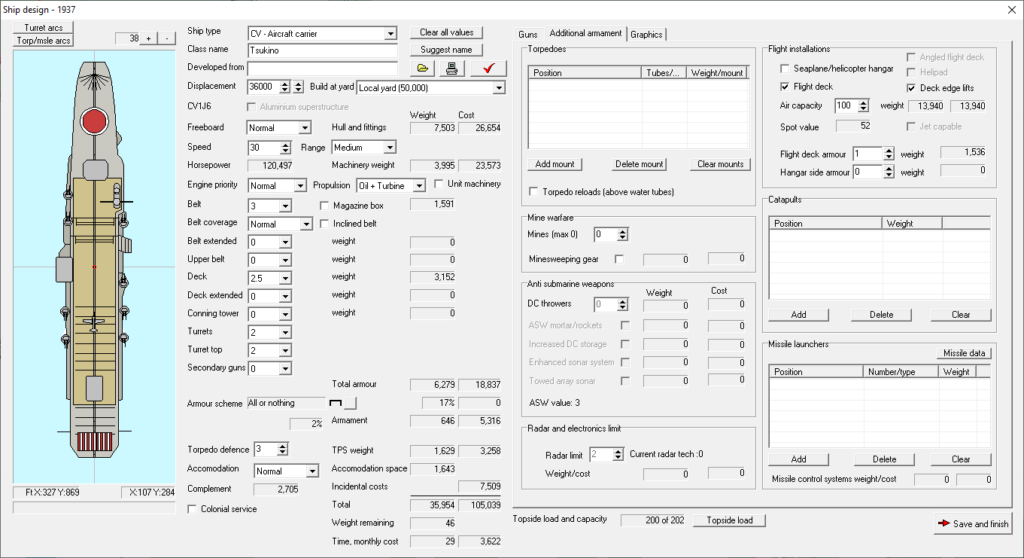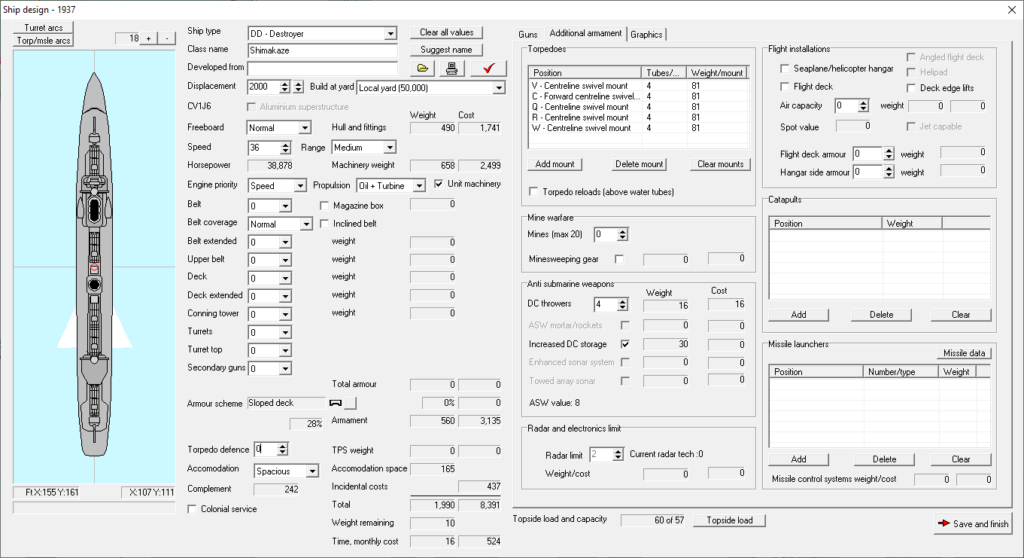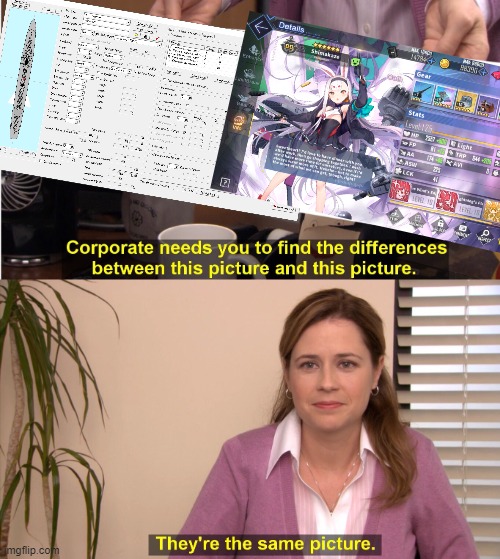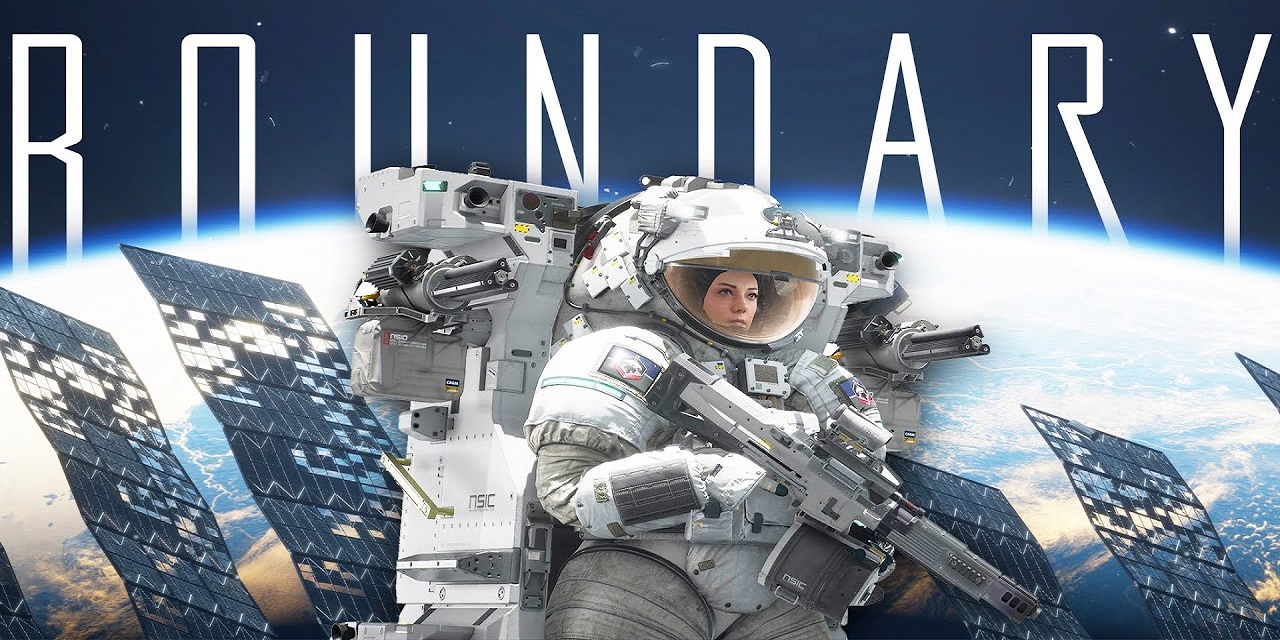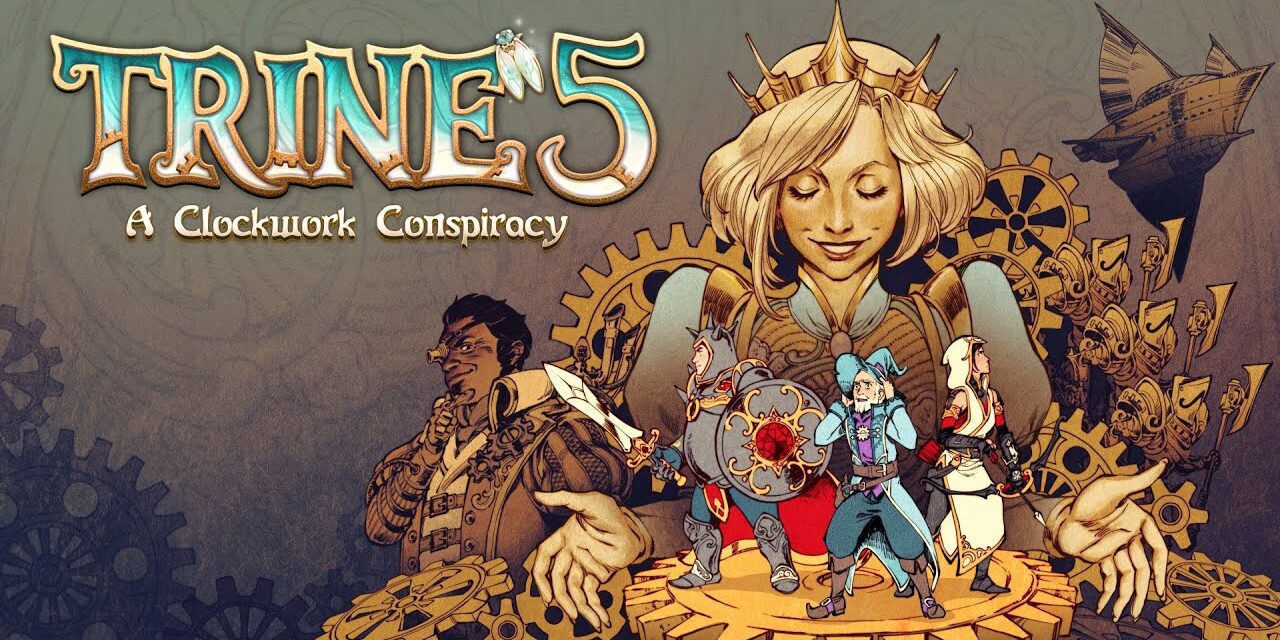Rule the Waves 3, developed by Naval Warfare Simulations and published by Slitherine is an intimidating, deep, complex simulation of naval warfare from the pre-dread to the missile age (1890-1970) that definitely isn’t for everyone – but is perfect for its niche audience and well worth the entry price for them in such an under-served genre. If you haven’t played the previous iterations of the game, Rule the Waves 2 being released in 2019 and not released on Steam, you’re going to have a substantial learning curve as there is no tutorial and it’s not obvious how to interact with the game in many ways, but it is extremely rewarding once it all clicks, and you can really get into it.
Disclaimer: I need to couch my experience in Rule the Waves 3 in that I’ve “only” played for around 30 hours so far, and I’m still learning the interface and methods of controlling things. Given how much time I’m confident I’ll be putting into the game, this learning curve seems reasonable but it’s worth pointing out that this is not the experience of someone that has mastered the game yet.
Gameplay takes place In Excel on two layers – the turn-bases world map where you do your job as the overall commander of the navy of your nation, and the pausable real-time battle map where your efforts on the world map are put to the test. I always find the “skirmish” combat in strategy games to be boring – games really need the campaign layer behind them to give stakes and reasoning behind why your forces are the way they are, and the two layers definitely reinforce each other in RtW3 in a very engaging fashion. Your efforts on the world map determine who you go to war with and the forces you’ll have, and these play out in combat in a way that impacts your world map for good or ill. You lose substantial forces, weakening your nation’s position and losing prestige (the only way to lose the game is to lose too much of this) or you come out victorious with your own Battle of Tsushima, and put your nation and your navy in an excellent spot to continue further. This heavy impact on each other is core to the enjoyment in RtW3 in my opinion and half of what makes it so fun to come back to, with the other half being able to design your ships to such an extensive degree.
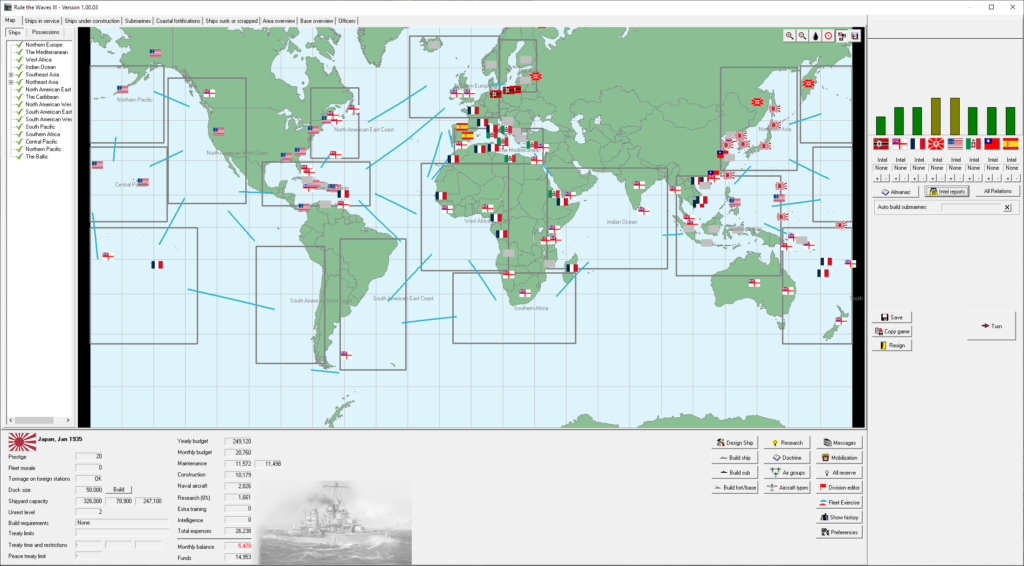
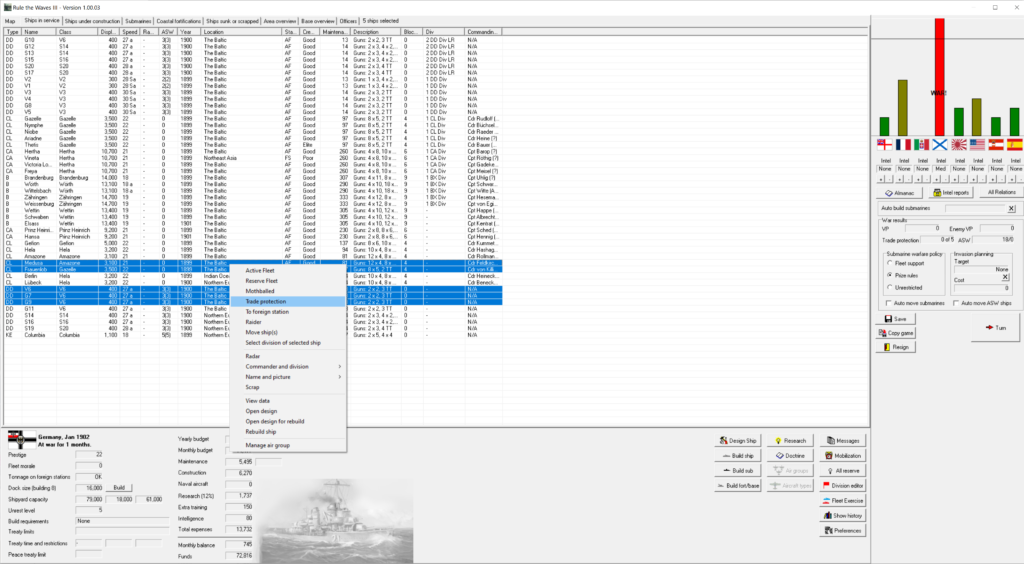

The World Map Layer
The turn-based world map layer, where each turn is one month, is where you’ll spend most of your time. You’ll manage your research, design and build ships, manage your active and reserve forces – scrapping old ships when necessary – and position your forces in areas of interest.
Research is a slow process of the minimal impact incremental bonuses (1% speed here, 2% maintenance saving there), medium impact ship displacement increases (3,000-ton displacement Dds) to the large impact larger calibre of guns, more guns per turret and finally, the design of new systems that revolutionize naval warfare such as carriers pre-WW2 and missiles post WW2. You can increase your funding to this from the default 8% to the max I’ve seen of 12% is step one for me, and then change priority for a range of areas such as machinery, armour, torpedo, and turrets to customize how you want your ships to develop. You might use this to go heavy torpedo and carrier like Japan in WW2 (who get national bonuses to this to begin with) or you could go ahistorical and towards that Super Battleship with ungodly armour and huge guns.




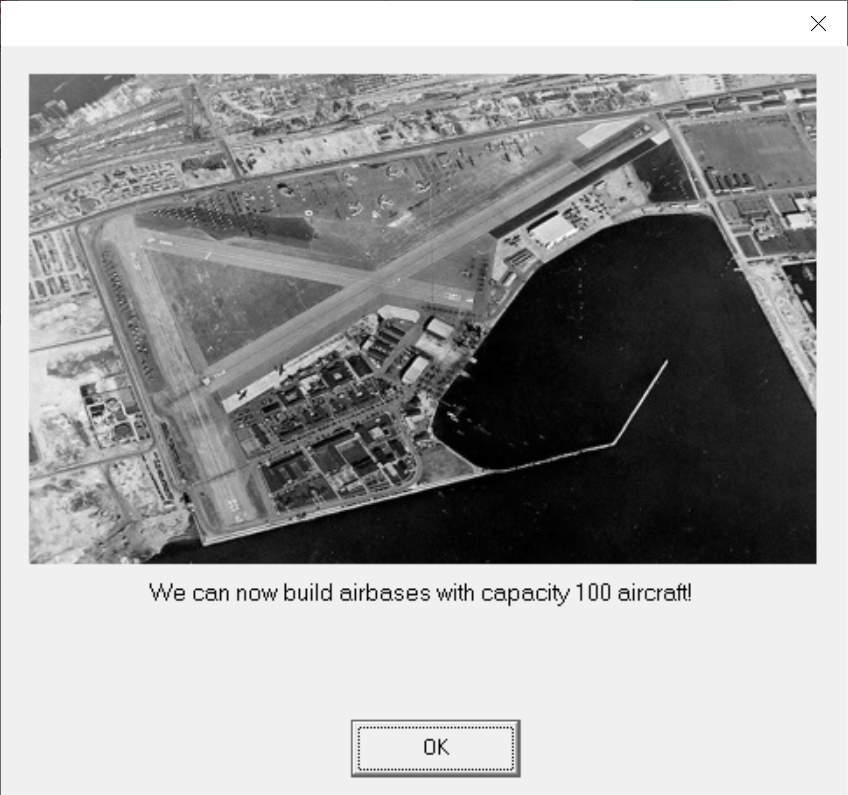
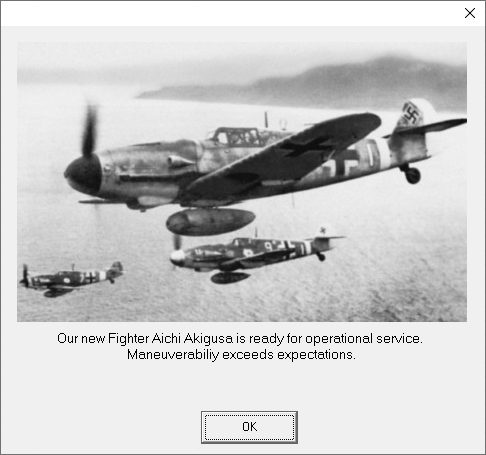
After your research starts paying off, you’ll be able to develop new ships to take advantage of this. This could be as simple as starting production of coastal submarines once they’re first researched (you cannot customize subs like normal ships) or it could be creating a whole new design for a ship with a new turret layout with more guns per turret, cramped crew quarters to fit in more ammo storage, or a nimble unarmoured torpedo destroyer that you hope will drop its load and get out of dodge before the enemy can get a solution on it.
While doing this you’ll be managing your tension levels with other nations. These fluctuate over time due to both historical tensions and events that you can have a say in – will you take the option of an event to increase your budget at the cost of increased tensions with your neighbour? That budget controls so much of what you can do, and you might really want to go to war so it could be two bonuses rather than a negative, but you might still be reeling from your last war and have to eat humble pie and lose your budget instead, forcing you to mothball or salvage ships, halt production of that new carrier you were looking forward to, or any of a number of other options you have.
Prestige is another important mechanic, the one that can keep you in the game or make you lose it. You can lose wars but so long as you don’t lose too much prestige you can fight on. Sometimes you’ll need to increase tensions or annoy your politicians who might later reduce your budget, just so you don’t lose the game. Just another of the many tradeoffs you need to make, but it’s the ultimate one that can cost you the game so be very careful with trading away prestige and try to get more of it when you can to have that buffer for a rainy day. You can’t control everything in Rule the Waves 3 unlike many other strategy games, you’re just the naval guy subject to the whims of your country and its politics, as well as the actions of other countries and your own performance in battle.
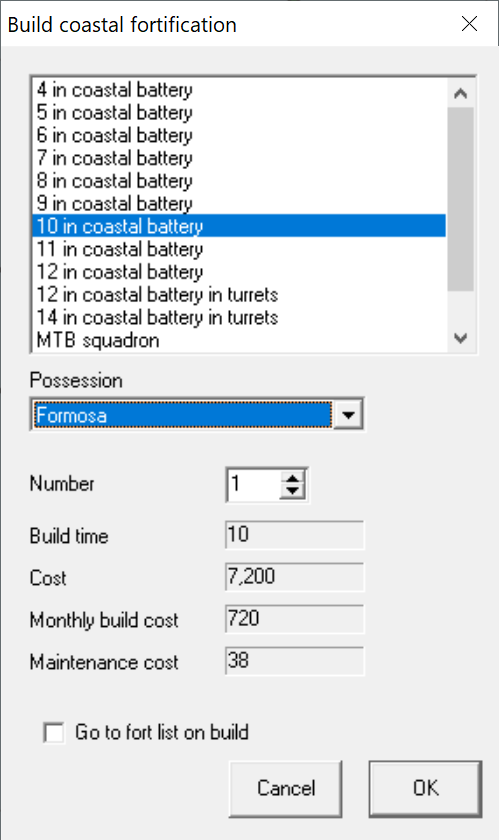
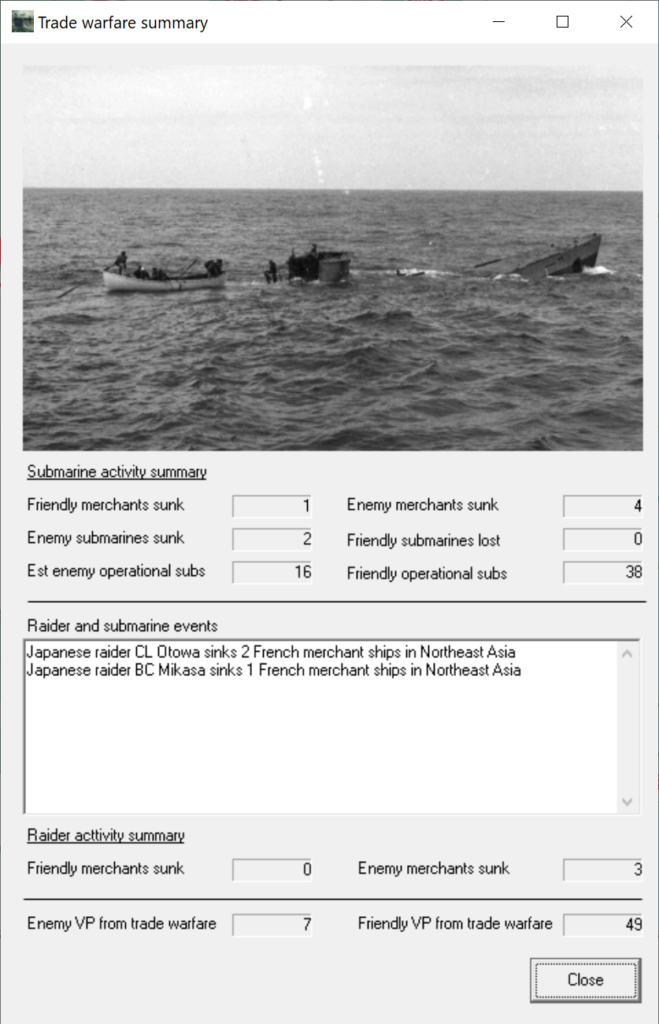
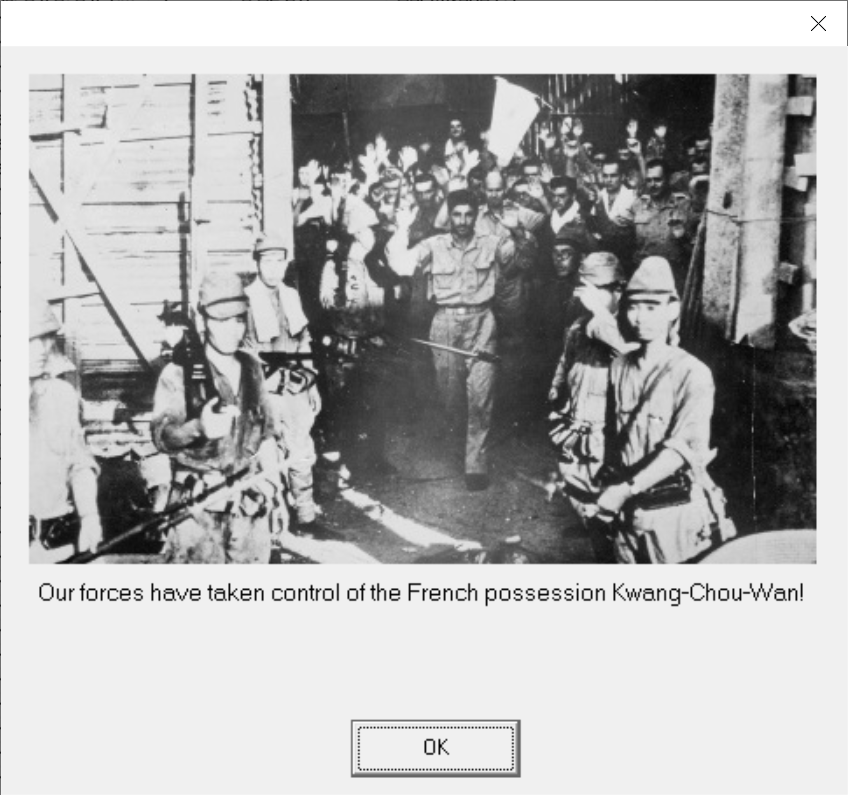
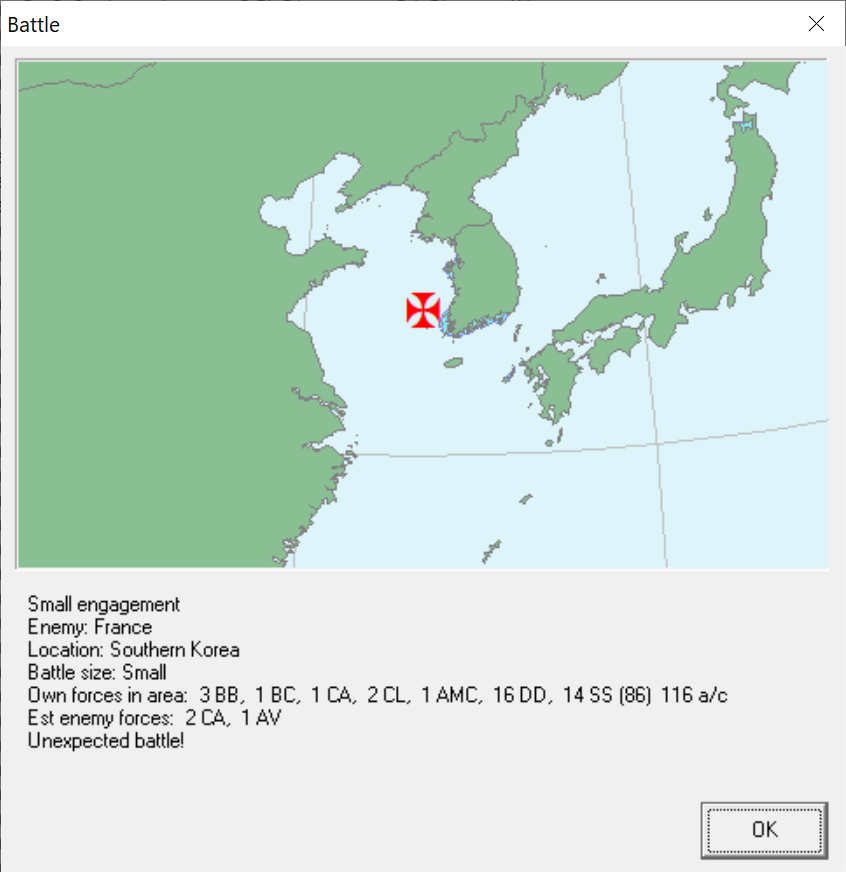
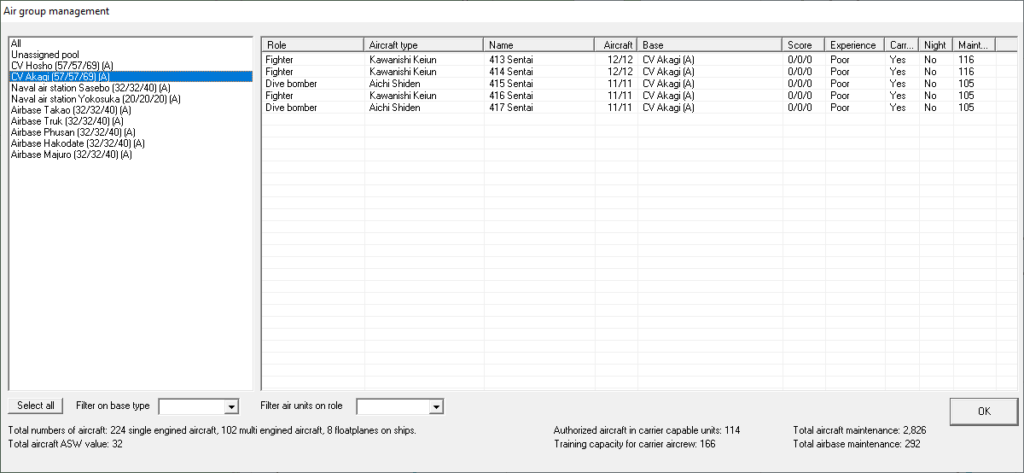
Ship Design
Ship design is the central part of the game in that the world map layer feeds into this, and this then resolves in combat afterwards. There are a lot of restrictions to keep you fairly grounded in reality with everything having a weight, and some having a specifically “high up” weight, which impacts seaworthiness. It is also an endlessly entertaining part of the game – as it is in Ultimate Admirals: Dreadnoughts, Distant Worlds 2, and any other game that lets you design your own ships or units. The graphical layer is mostly separate from the actual functionality of the ships however and somewhat annoying to deal with manually, but the auto option works well for it.
A solid knowledge of naval history will help here, but as expected when implemented in a game, it’s not going to be identical. You can try to build historical or near-historical ships, “paper” ships that were never actualised, or go your own way and create a battle cruiser that spews an ungodly level of dakka from its secondaries. It can be hard to tell how well any particular aspect of your design works as the feedback in battle is minimal. Was that spectacular explosion a one-off or should you have thicker armour? Should it have been belt, deck, or turret armour? Did those secondaries do anything useful or was it only the hits from your primaries that devastated the enemy cruiser line? More feedback here would be nice since you can’t see it play out in front of you or see a verbose combat log.
The Combat Layer
The real-time combat layer is a variable speed combat simulation where your forces combat your enemy and put your management to the ultimate test. Can you take a glorious victory like the Battle of Tsushima, a tactical loss but strategic victory like Jutland for Britain, maybe force a stalemate and hope for peace… or just try to minimize your losses. With how asymmetric combat can be, both in type and quality researched and produced by different factions, to how many ships of which types are involved in an engagement, you’ll quickly understand how hard a job Admirals had in this information-light, intensely stressful situation that naval combat was. The lack of control over which ships will be in an engagement isn’t ideal but again, very representative of history as a regular light patrol could run into an enemy battle fleet, but the ability to try to provoke or force larger engagements would be nice. More feedback on what exactly is happening would be good too such as hit chance of each gun type, a way to determine how damaging shots were, how well your armour performed, and so on.
The Fog of War is a real concern in Rule the Waves 3. You will need to use your escorts to screen your main fleet and patrol to find the enemy positions. Not only that, but since communication technology is still so primitive, signals can still be misinterpreted and send AI-controlled ships off on the wrong orders resulting in them not being present where you need them, or worse, charging headlong into enemy positions. Once airpower becomes a thing, air recon whether from land bases or carriers can provide a lot of useful intel, though it’s not actionable in the form of being able to fire on them. It is general indicators of enemy force and heading – which isn’t always reliable and even if it *was* reliable, things change rapidly on the high seas. It all adds up to a very immersive feel of combat that I’ve only experienced in one other game – also published by Slitherine – Command Modern Operations.
Control over the battle, however, is somewhat limited. You can only choose the heading and speed of the divisions and need to rely on set doctrine for Rules of Engagement like whether to use HE or AP for a certain gun calibre against each enemy classification. The interface hampers it here for someone used to more control, and it is the primary thing I hope they can improve in the future. It might be better as-is as a “more authentic” system where the admiral has to rely on the abilities of his officers and their crews, it’s hard to say. I don’t expect a Starcraft-style RTS of micromanaging each individual ship, let alone its targeting for each of its weapon types, but less cumbersome control of divisions and their behaviour would go a long way to improving the enjoyment of the combat. An example of this is turning a division to or from AI control where you need to open up a window to assign this command. You cannot do it in the lower left command area where you’d expect to be able to. Finer control over torpedo usage would be nice given how impactful they can be and how limited their stocks are on your ships – copying the CMO system of applying a certain number of torpedoes to a target would be ideal to me.
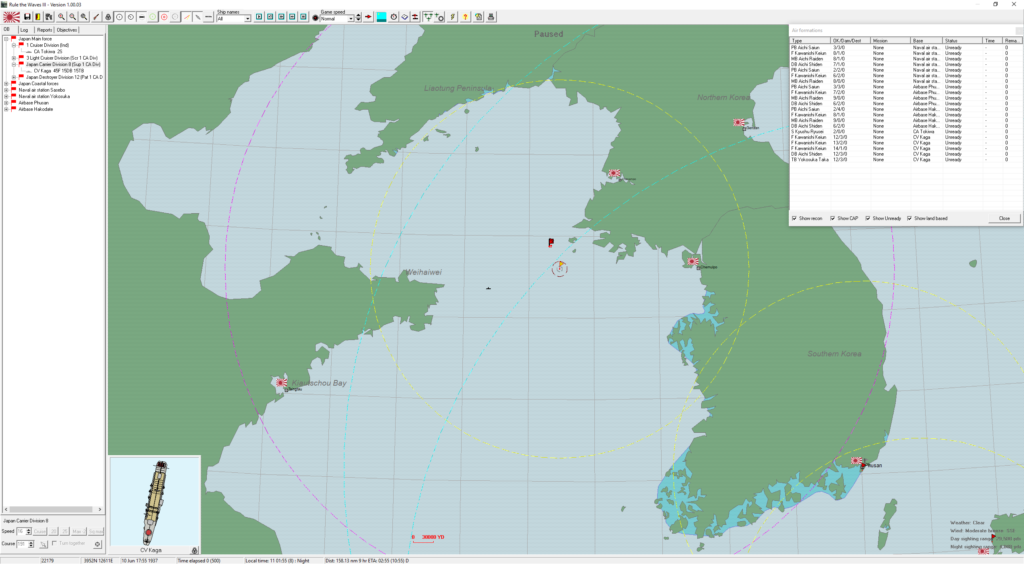
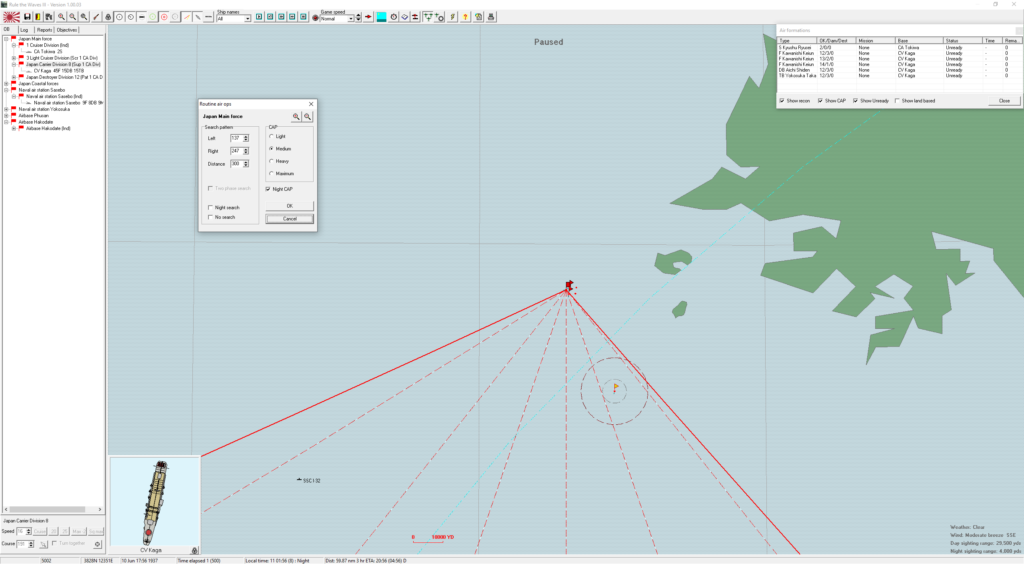
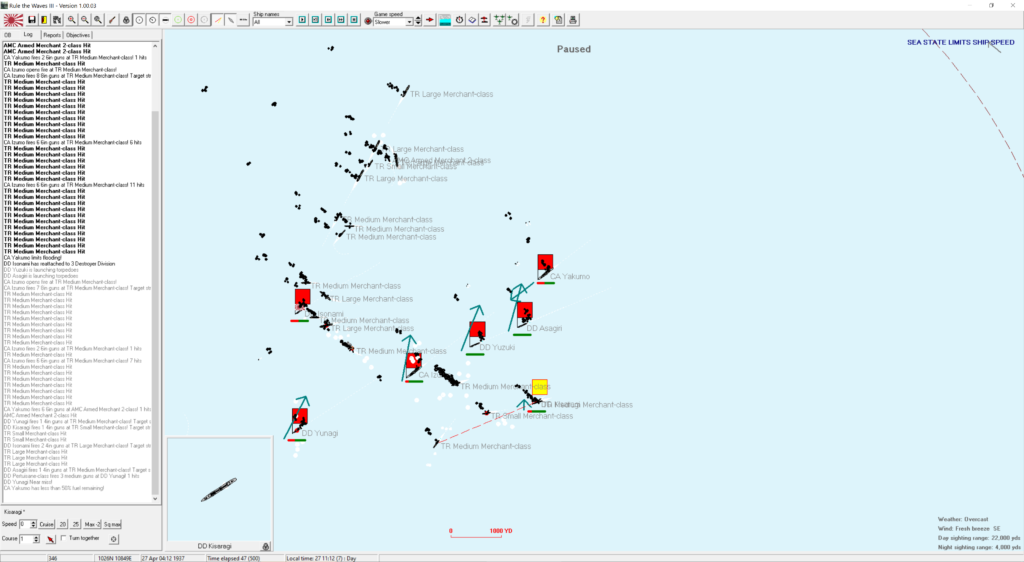

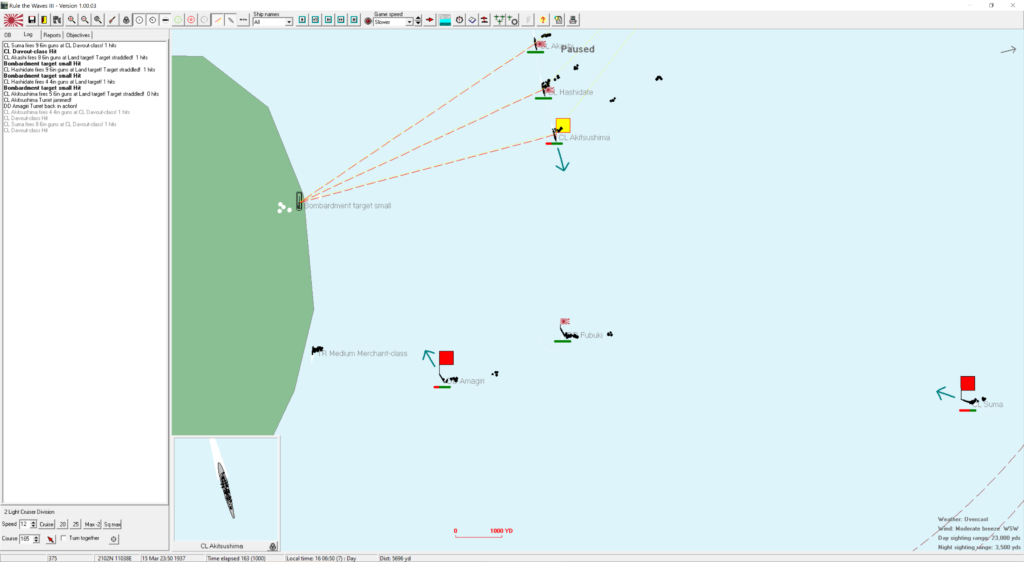
I was extremely excited for the release of Rule the Waves 3, and my hype has mostly been met – the only recent game to meet or exceed the hype around it for me was Elden Ring, so it’s no small feat. The level of simulation is amazing, the ship design is on the level of Azur Lane for warship admiration, the graphics are perfectly adequate – other than the need for a dark mode for the interface to not simulate the bombing of Hiroshima on my eyes – but the control is a bit too clunky. I don’t mind it not being intuitive – that’s irrelevant once you learn it, but struggling to control things and see what’s going on isn’t the best experience. I still find it a deeply engaging game and think it’s well worth the below-AAA price in this under-served genre, but I really hope some post-launch patches can improve some things. It’s well worth a look for anyone that can handle the learning curve and clunky control, but anyone expecting the level of control of Ultimate Admirals: Dreadnoughts will find that the game actually works without dozens of random bugs constantly screwing with you, but you don’t have anywhere near the same control.
This review utilised a key provided by Slitherine and Rule the Waves 3 is available now on Steam and the Matrix Store.
Extra: Check out this Let’s Play by YouTuber Dastastic for a great intro to the game.
#roundtablecoop
